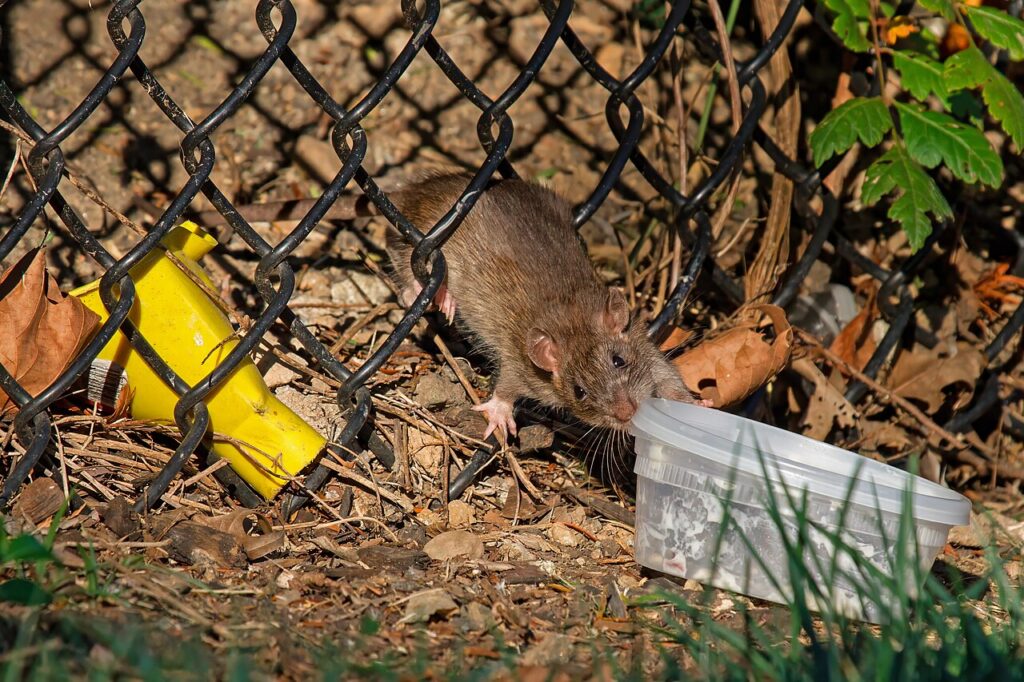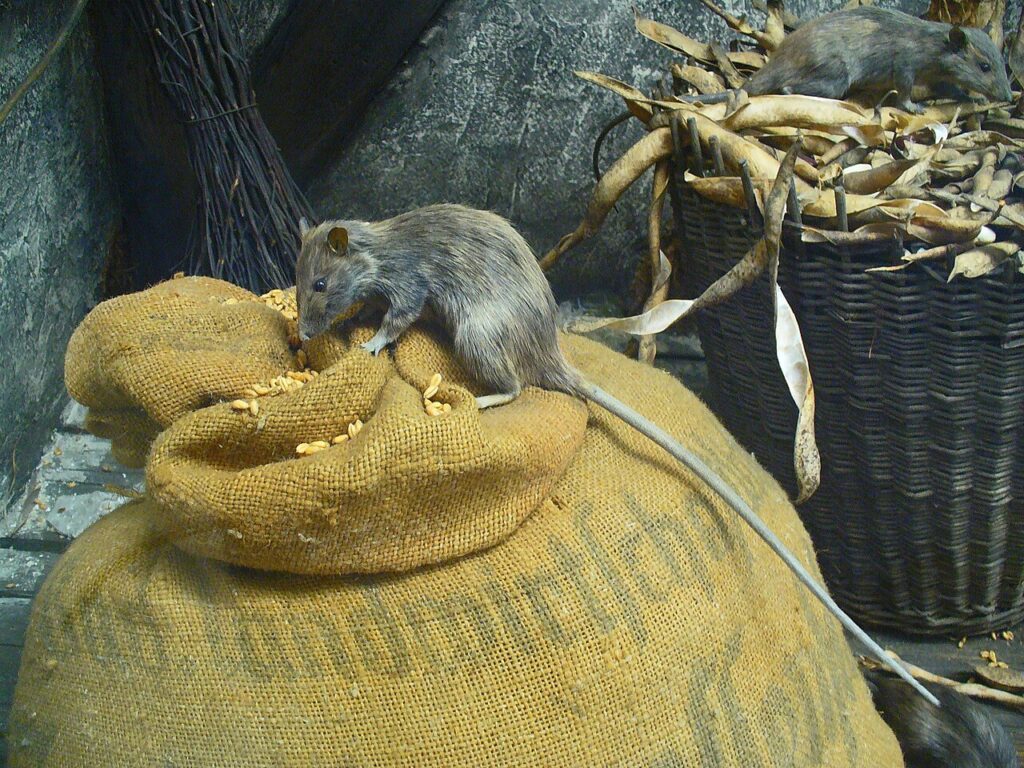Understanding the Risks of Rat Infestations in the Canary Islands
Unexpected sightings of rats in homes and gardens across the Canary Islands have raised concerns about public health and hygiene. The increasing visibility of these rodents has prompted local authorities and health experts to investigate the implications of their presence in urban and suburban areas.
The two primary species of concern are the Rattus norvegicus (brown rat) and the Rattus rattus (black rat), both of which are notorious for carrying diseases that can significantly affect human health. These species are not only prevalent in rural areas but have also made their way into urban settings, where they can thrive in close proximity to human populations.


Health Risks Associated with Rodent Populations
Research from the Parasitology Group at the University of La Laguna has revealed alarming findings regarding rodent populations in various municipalities throughout the Canary Islands. The studies identified bacteria from the Leptospira interrogans and Leptospira borgpetersenii species, which are associated with Weil’s disease, a severe form of leptospirosis that can lead to serious health complications, including liver failure and kidney damage.
Furthermore, another investigation uncovered the presence of Cryptosporidium spp. protozoa in local rodent populations, indicating the existence of zoonotic pathogens within urban and peri-urban environments. These pathogens can lead to gastrointestinal illnesses in humans, particularly among vulnerable populations such as children and the elderly.
In a related development, the Rocahepevirus ratti virus, commonly referred to as “rat hepatitis,” has been confirmed in humans in mainland Spain. Reports indicate that approximately 30% of rats in certain regions are identified as carriers of this virus, raising alarms about its potential spread to other areas, including the Canary Islands, where the rodent population is similarly situated.
Transmission Pathways of Rodent-Borne Diseases
Rats can transmit diseases to humans through several mechanisms, which highlight the importance of public awareness and preventive measures:
- Contamination of food, water, and surfaces via urine or feces, which can lead to direct exposure to harmful pathogens.
- Intermediate hosts, such as snails or slugs, can carry the Angiostrongylus cantonensis parasite, which has been detected in Tenerife. This parasite can potentially reach humans through unwashed vegetables, posing a risk to those consuming local produce.
- Fleas and other ectoparasites residing on rodents can spread bacteria like Rickettsia typhi, which causes murine typhus. This disease is particularly concerning in subtropical climates, where the conditions for flea survival are favorable.
Factors Contributing to Rodent Infestations in the Canary Islands
The Canary Islands present unique challenges that heighten the risk of rodent infestations. The region’s mild climate allows for the year-round survival of rats, creating a persistent threat to public health. Additionally, aging urban infrastructure and inadequately sealed waste containers create ideal conditions for breeding, enabling rat populations to flourish.
Moreover, the prevalence of vacant homes due to tourism contributes to the problem. These unoccupied properties often become breeding grounds for rodents, further exacerbating the situation. While there have not been any significant outbreaks directly linked to rat infestations in urban areas of the Canary Islands, the presence of pathogens in local rodent populations indicates a potential risk that cannot be ignored.
Scientific studies suggest that the conditions are ripe for an infestation, which could escalate under favorable circumstances. The combination of environmental factors, human behavior, and the adaptability of these rodents creates a scenario where public health could be at stake if proactive measures are not taken.
Key points
- Rats in the Canary Islands include the brown rat and black rat, both of which pose health risks.
- Research indicates the presence of Leptospira bacteria linked to Weil’s disease in local rodent populations.
- Studies have identified Cryptosporidium spp. protozoa in urban rodents, confirming zoonotic pathogens in the area.
- The Rocahepevirus ratti virus has been found in humans in mainland Spain, with many rats as carriers.
- Rodents can transmit diseases through contaminated food and surfaces, as well as via intermediate hosts.
- The mild climate and aging infrastructure in the Canary Islands contribute to the survival and breeding of rats.
- While no major outbreaks have been reported, the presence of pathogens suggests a significant risk.
